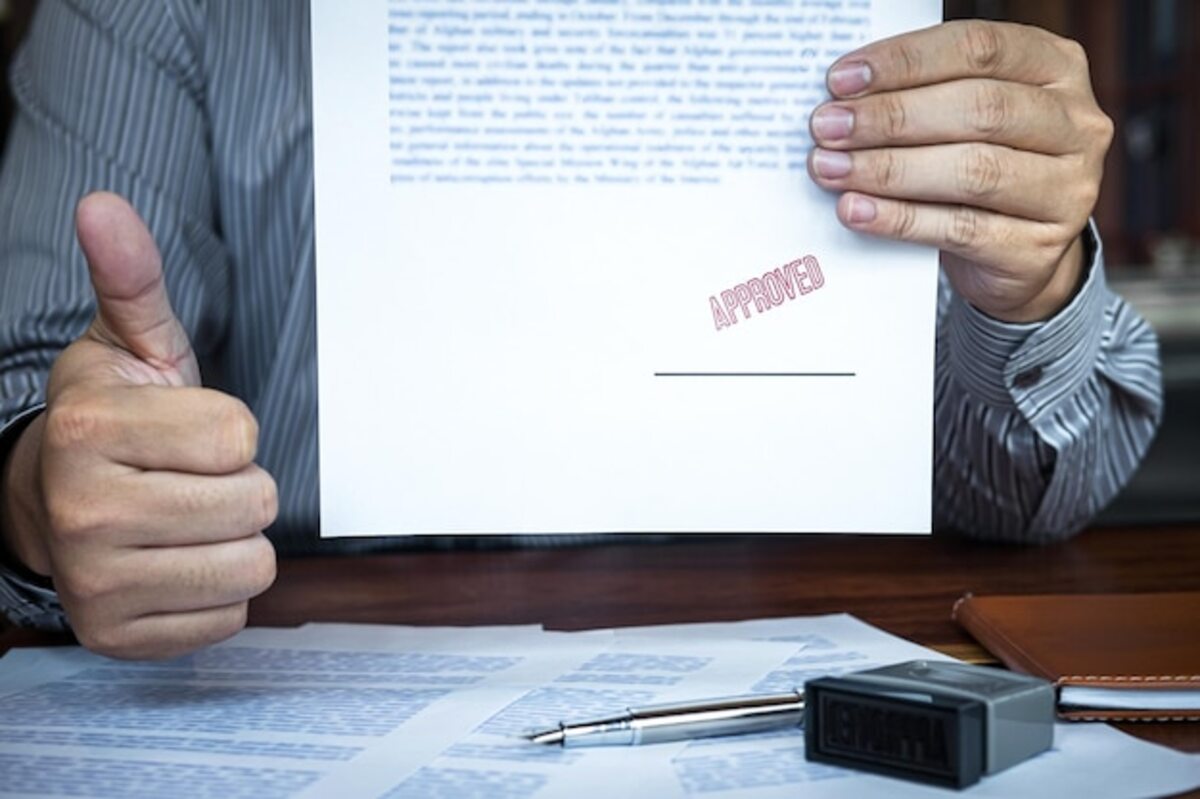The impact of typographical errors in legal writings.

The impact of typographical errors in legal writings is a topic that cannot be underestimated. In the legal realm, every word matters, and a simple misspelling can change the meaning of a crucial document. Typographical errors not only create confusion but can also lead to unexpected legal consequences. Join me in exploring how these small oversights can affect the validity of contracts and other legal documents, and discover the importance of meticulous review before signing any writing.
1. What are typographical errors and why do they matter in the legal context?
Typographical errors refer to mistakes in writing that can arise for various reasons, such as hasty typing or a lack of attention. In a legal context, these errors can manifest as misspelled words, incorrect punctuation, or even complete omissions of relevant information. Although they may seem trivial, these small inaccuracies have the potential to completely alter the meaning of a legal document. For example, a contract that indicates "sell" instead of "rent" can drastically change the rights and obligations of the parties involved.
The importance of typographical errors in legal documents lies in their ability to provoke disputes and misunderstandings. Sometimes, a mistake can be enough to invalidate a contract or generate ambiguities that complicate its interpretation. Courts tend to adopt a strict stance regarding precise and clear wording, meaning that any typographical error could be used by one party to challenge the validity of the agreement. Therefore, it is essential for legal professionals and anyone involved in legal processes to conduct thorough reviews before finalizing important documents, thereby ensuring the avoidance of future problems arising from seemingly minor oversights.
2. Famous cases where typographical errors changed the judicial course.
In the world of law, typographical errors can have dramatic and often unforeseen repercussions. A notable case is that of a lease agreement that contained a typo in the description of the property. Instead of mentioning "three rooms," the lawyers wrote "three houses." This confusion led to a prolonged legal dispute, as both parties had completely different interpretations of what had been agreed upon. The court had to decide whether to consider the original intent of the document or whether to adhere strictly to the text as it was written, a dilemma that jeopardized the validity of the contract as a whole.
Another striking example occurred in the field of patents, where a small typographical error in an application drastically changed the scope of the rights granted to the inventor. The absence of a letter in a key word resulted in the loss of protection for an innovative technology, opening the door for competitors to exploit that same invention without fear of legal infringements. This case underscores how a simple slip can not only affect individuals or companies but also disrupt entire markets and shake whole industries due to a lack of precision in essential legal documents.
3. How to prevent typographical errors in legal documents: best practices.
To prevent typographical errors in legal documents, it is essential to establish a rigorous review process involving multiple people. Reading aloud is an effective technique, as it allows for the detection of errors that may be overlooked when reading silently. Additionally, having the support of a second reviewer can be key; another person can provide a new perspective and catch mistakes that one might not see. This practice not only improves the accuracy of the document but also fosters a culture of attention to detail within the legal or administrative team.
Another effective strategy is to use technology tools designed for text correction. Although automatic spell checkers are useful, they are not always infallible, especially in the legal context where the precise meaning of words is critical. Therefore, complementing these tools with specific software for legal documents can help identify technical terms and ensure their correct spelling. Finally, maintaining an updated glossary of legal terms and their definitions can serve as a quick reference for everyone involved in drafting and reviewing documents, thus minimizing the risk of confusion or misunderstandings arising from typographical errors.
4. The relationship between linguistic accuracy and trust in legal transactions.
Linguistic accuracy in legal writings is essential to ensure the clarity and intention of the parties involved in a transaction. When typographical errors occur, the meaning of a clause can change dramatically, potentially leading to misunderstandings between the parties. For example, an error in a number or a key word can alter the stipulated rights and obligations, creating disputes that could have been avoided with careful drafting. This lack of attention to detail not only compromises the integrity of the document but also affects the parties' trust in the agreement.
Trust in legal transactions is built on the certainty that each element of the contract accurately reflects the agreement reached. Typographical errors can undermine this trust by introducing ambiguities that can be interpreted in different ways by each party. This not only creates legal uncertainty but can also lead to unnecessary litigation, harming both individuals and businesses. In this sense, maintaining a high standard of linguistic accuracy is not just advisable but essential to ensure healthy business relationships and avoid costly legal issues in the future.
5. Legal consequences of a typographical error in a deed: concrete examples.
The presence of a typographical error in a legal document can lead to devastating consequences, ranging from the nullity of the document to prolonged litigation. For example, in the case of a sales contract where "thousand" is incorrectly written instead of "hundred," the seller could be forced to deliver a property for a price significantly lower than agreed upon, or even face lawsuits for breach if the other party is unwilling to accept that error. Such situations demonstrate how a simple oversight can drastically alter the terms of an agreement and trigger legal conflicts. Another concrete example is the case where a key clause was poorly drafted due to a typographical error that altered its interpretation. Imagine a will where the name of the beneficiary is misspelled, leading to disputes among family members about who actually has the right to inherit. In these cases, courts may be compelled to interpret the testator's intent based on additional documents or testimonies, which not only generates uncertainty but also significant legal costs for all parties involved. These illustrations underscore the crucial importance of meticulously reviewing any document before signing to avoid such severe consequences.
6. Technological tools to detect and correct typographical errors.
In the digital age, having technological tools to detect and correct typographical errors has become essential, especially in the legal field. There are various applications and software that can analyze texts for spelling, grammatical, and even stylistic errors. These tools not only identify common mistakes but also suggest contextual corrections, which is crucial when drafting legal documents where every word carries significant weight. Implementing these technological solutions can help minimize the risk of misunderstandings and ensure that documents accurately reflect the intentions of the parties involved.
In addition to automated proofreaders, some platforms offer advanced functionalities such as collaborative review and change tracking. These features allow multiple parties to review the same document simultaneously, facilitating the detection of errors before finalization. Furthermore, certain tools have specialized dictionaries for legal terminology, ensuring greater accuracy in the use of the technical language required for this type of writing. Utilizing these technologies not only optimizes the drafting process but also reinforces the quality and validity of the final document, thereby protecting the legal interests of all parties involved.
7. The role of the lawyer in the review of deeds: how to ensure quality?
The role of the lawyer in the review of documents is essential to ensure that each document meets legal standards and is free of typographical errors. An experienced lawyer not only reviews the legal content but also ensures that the wording is clear and precise. This involves a detailed examination of each clause, verifying that there are no ambiguities or errors that could lead to misunderstandings in the future. Attention to detail is key, as even a small mistake can lead to legal disputes that could have been avoided with a more careful review.
Furthermore, the lawyer acts as a bridge between the parties involved in the documentation, facilitating communication and ensuring that all terms are understood correctly. Their expertise allows them to identify potential issues before they become legal conflicts. By thoroughly reviewing the documents, they can provide recommendations on how to improve the clarity of the text and eliminate any possibility of misinterpretation. In this way, their intervention not only protects the interests of their clients but also contributes to the integrity of the legal system by promoting accurate and coherent documentation.
8. The importance of teamwork: implications of typographical errors among legal professionals.
Teamwork is essential in the field of law, especially when it comes to drafting and reviewing legal documents. Typographical errors can arise for multiple reasons, from time pressure to a lack of communication among the professionals involved. A lawyer specialized in one area may not have the same level of detail as another in a different discipline, which means that a simple mistake like a misplaced comma or an incorrect word can completely change the legal interpretation of the text. Therefore, it is crucial to foster a culture of collaboration where each team member feels responsible for reviewing and contributing to the final document, thus ensuring its accuracy and validity.
Moreover, the implications of these errors are significant. In an environment where contracts and agreements are vital for the success of the parties involved, a typographical oversight can result in costly legal disputes or even the annulment of a contract. Clear and effective communication within the team not only minimizes the risks associated with these errors but also allows for the identification of potential problem areas before they are presented before a judge or a competent authority. By investing time in collaborative work and thorough review, legal professionals can ensure that their documents are not only legally sound but also accurately reflect the intentions of the parties involved.



